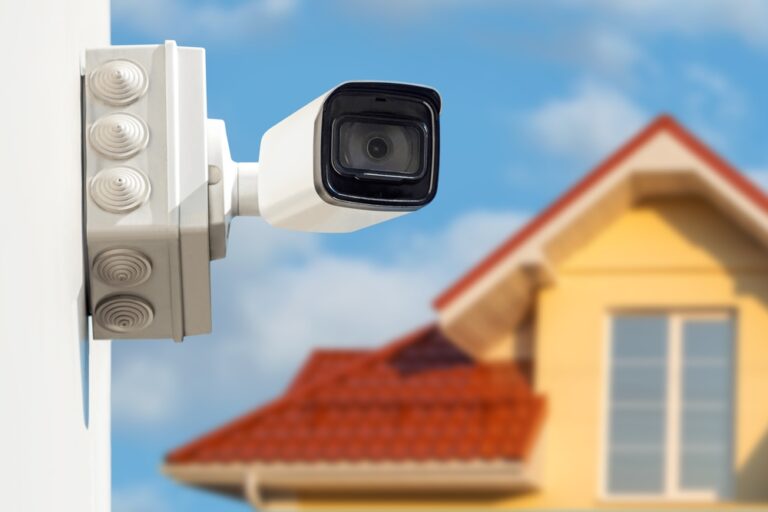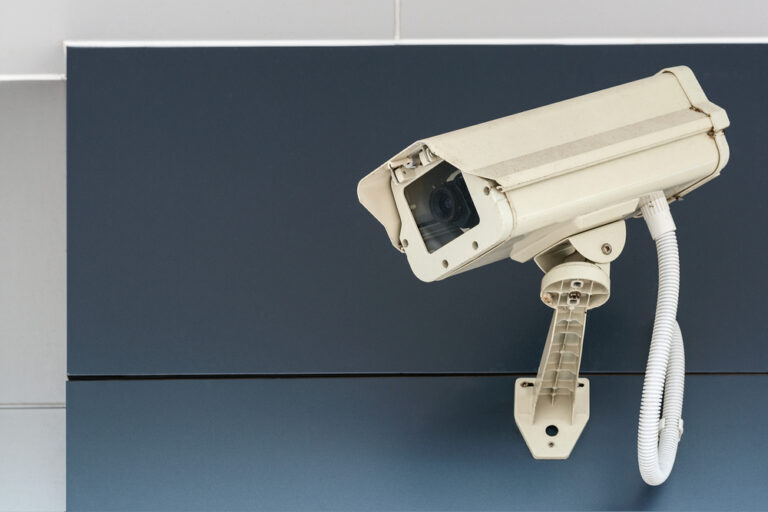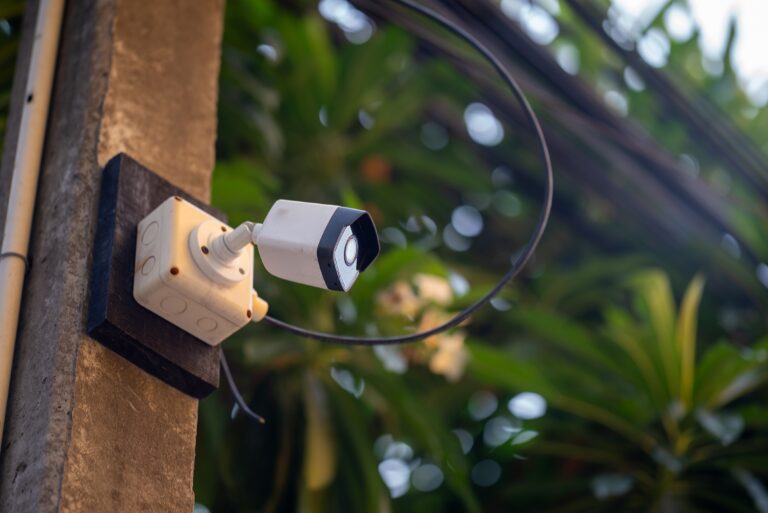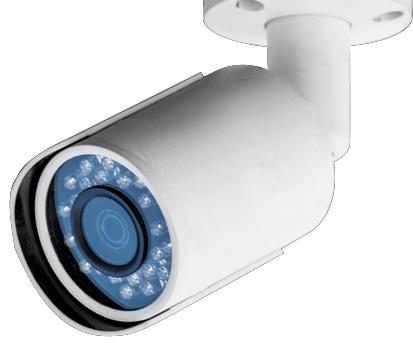- 1) Introduction
- 2) What is Event-Based Surveillance?
- 3) Benefits of Event-Based Surveillance
- 4) Importance of Security Cameras as a Top Business Security Measure in Event-Based Surveillance
- 5) Types of Event-Based Surveillance
- 6) How NVRs Revolutionized Video Surveillance in Event-Based Surveillance
- 7) Steps for Implementing Event-Based Surveillance
- 8) Best Practices for Effective Event-Based Surveillance
- 9) Understanding Business Security as Part of Event-Based Surveillance
- 10) Challenges of Event-Based Surveillance
- 11) Strategies for Managing Challenges
- 12) Stories of Event-Based Surveillance
- 13) Conclusion
-
14)
FAQs
- 14.1) What are some key differences between event-based surveillance and traditional public health surveillance?
- 14.2) What types of data can feed into event-based surveillance systems?
- 14.3) How does event-based surveillance enable faster outbreak detection?
- 14.4) What are some challenges of implementing event-based surveillance?
- 14.5) How can businesses contribute data to support event-based surveillance?
Introduction
Event-based surveillance is an emerging public health strategy that involves real-time monitoring of disease outbreaks, health emergencies, and potential bioterrorism threats. Unlike traditional public health surveillance that collects data passively, event-based surveillance actively monitors pre-defined events and health indicators to enable early detection of and rapid response to public health threats.
With event-based surveillance, public health authorities can identify health events of concern much sooner than would occur during routine reporting. This allows for a timely public health response, which is critical for mitigating morbidity and mortality during disease outbreaks and other health emergencies.
Event-based surveillance utilizes near real-time data from a diverse range of sources, including media reports, school/work absenteeism, laboratory test orders, hospital admissions, 911 calls, and satellite imagery. When these data sources indicate a spike or cluster of health events above a normal baseline, public health officials can investigate potential outbreaks or health threats before they escalate.
In today’s interconnected world where diseases spread rapidly across borders, event-based surveillance plays a vital role in protecting the health and safety of communities globally. This article provides an in-depth look at what event-based surveillance entails, its key benefits, steps for implementation, best practices, challenges, and success stories. It also covers the importance of security cameras and NVRs in enabling rapid detection and response during public health events through event-based surveillance systems.
What is Event-Based Surveillance?

Event-based surveillance refers to the real-time collection, analysis, interpretation and dissemination of health-related data to enable the early detection of potential public health threats and prompt investigation and response.
Unlike traditional surveillance methods that rely on the passive collection of disease reports, event-based surveillance employs active data monitoring from both traditional and non-traditional sources. This allows for the identification of events that signal a potential health threat before confirmatory diagnoses are made.
The key characteristics that distinguish event-based surveillance from traditional surveillance include:
- Near real-time data collection and analysis – Data is monitored continuously rather than relying on periodic reporting. This enables rapid detection.
- Expanded data sources – In addition to clinical data, event-based systems tap into pre-diagnostic data sources like media reports, over-the-counter medication sales, school absenteeism and 911 calls.
- Automated aberration detection – Mathematical algorithms and statistical techniques are used to identify anomalous spikes or clusters in the data that may signify an emerging outbreak.
- Proactive practice – Event-based surveillance drives immediate public health action rather than just compiling reports.
By leveraging advances in big data analytics and technology, event-based surveillance marks a paradigm shift toward more agile and predictive public health surveillance. This elevates the potential for early detection and control of disease outbreaks and other biological events.
Benefits of Event-Based Surveillance

Event-based surveillance offers numerous advantages over traditional public health surveillance methods. By enabling the early detection of and rapid response to potential health threats, event-based surveillance delivers major benefits for protecting community health and safety.
Detecting Outbreaks Earlier
The near real-time continuous monitoring of pre-determined indicators and events allows public health officials to identify and investigate outbreaks much sooner than they would under traditional surveillance.
For example, by tapping into data sources like over-the-counter medication sales and school absenteeism, unusual spikes in respiratory illness or gastrointestinal disease can be detected days or weeks before doctors make definitive diagnoses. This early warning helps mobilize public health resources to contain the outbreak when interventions are most effective.
Monitoring High-Risk Events
Event-based surveillance is especially useful for monitoring high-profile events that pose an elevated health risk like elections, mass gatherings and natural disasters. Enhanced surveillance around these events can detect disease clusters and other threats that could spread rapidly due to the concentration of people.
For instance, deploying event-based surveillance during the Olympics or political conventions allows public health agencies to monitor hospitals and clinics in real-time for any spike in treatment that could signify an infectious disease outbreak. This bolsters preparedness and enables rapid risk mitigation.
Helping Identify Risky Behaviors
By tapping into novel data streams like social media conversations, event-based surveillance can shed light on emerging behaviors that increase community health risks. This allows for targeted public health messaging and interventions.
For example, monitoring social media can provide insight into risky behaviors like drug use, unsafe sex or vaping that contribute to outbreaks. Public health agencies can then fine-tune prevention messaging to specific demographics.
Enabling Rapid Response
The early notification of potential threats provided by event-based surveillance systems allows public health agencies to respond swiftly. Resources can be mobilized, investigations launched, and prevention measures implemented immediately to contain any identified public health risks.
Having access to real-time data on troubling indicators empowers public health officials to take quick action before small outbreaks morph into epidemics. This capability is invaluable for mitigating morbidity and mortality associated with biological events and health emergencies.
Improving Public Health Preparedness
By strengthening early warning and response capabilities, implementing event-based surveillance enhances a community’s resilience and readiness for health emergencies.
Continuously monitoring data allows public health agencies to fine-tune outbreak preparedness plans based on the evolving landscape. Event-based surveillance also provides vital information during health emergencies to guide response strategies and resource deployment.
The enhanced situational awareness offered by event-based surveillance is key for evidence-based decision making during public health crises. This boosts the health security of communities now and in the future.
Importance of Security Cameras as a Top Business Security Measure in Event-Based Surveillance

Security cameras play a vital role within event-based surveillance systems as a critical data source for monitoring high-risk events and locations in real-time. With their capability for continuous monitoring and video evidence collection, security cameras are an indispensable tool for early warning and rapid response during public health events.
For businesses, having security cameras deployed on-site provides invaluable situational awareness during health emergencies that impact operations. Video footage allows businesses to closely track the evolving scenario in real-time, from how many people are gathering in an area to queue lengths and foot traffic patterns. This supports data-driven decision making for risk mitigation strategies like modifying store hours, enforcing distancing measures, or closing off certain sections.
During outbreaks and mass gatherings, security cameras become a vital sensor network feeding into event-based surveillance systems run by public health agencies. Video analytics paired with surveillance software can automatically flag overcrowding or identify individuals not wearing masks for follow-up. Real-time camera feeds and analytics enable public health officials to direct resources and response teams to emerging hotspots before they escalate.
For businesses managing large facilities like warehouses and factories, camera surveillance enables continuous risk monitoring even with reduced on-site staff. Abnormal activity indicating employee illnesses can trigger specialized cleaning procedures or temporary closures. This protects business continuity and prevents workplace outbreaks.
Similarly, in transportation hubs, critical infrastructure sites, and tourist destinations, security camera networks allow public health and emergency management authorities to observe and respond to threats in real-time during high-risk scenarios. From terrorist incidents to extreme weather events, the visual insights provided accelerate protective actions.
Advanced video analytics leveraging AI even enable security cameras to screen people for visible disease symptoms, supporting early medical intervention. Overall, businesses integrating security cameras into their operations in turn strengthen public-private collaboration for event monitoring and emergency response.
Types of Event-Based Surveillance
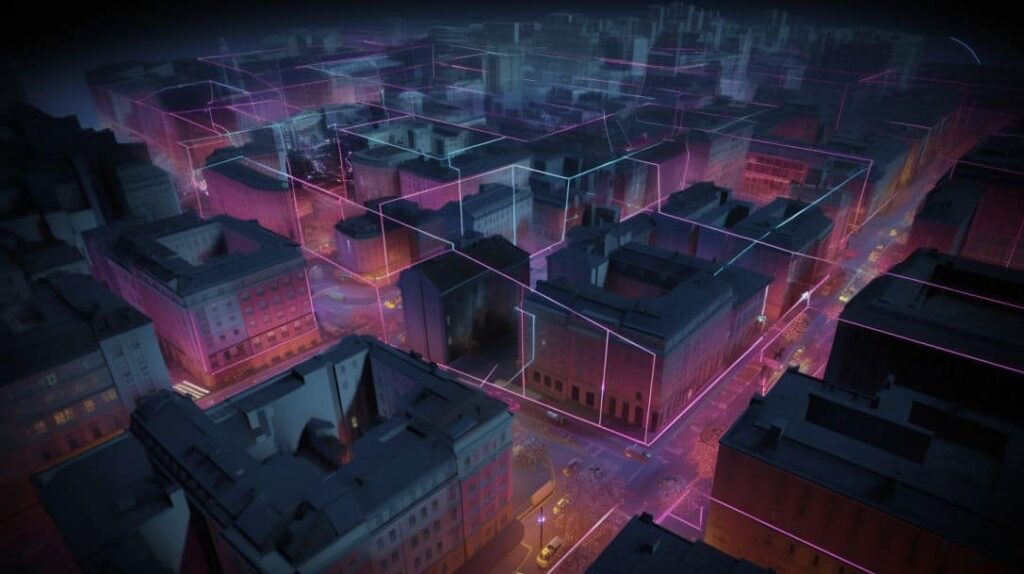
There are several key types of event-based surveillance systems, each utilizing different data sources and analytical methods to enable the early detection of and rapid response to public health threats. The three main approaches include syndromic surveillance, aberration detection, and media-based surveillance.
Syndromic Surveillance
Syndromic surveillance systems monitor health indicators in real-time from clinical data sources before confirmed diagnoses are made. This allows for identification of an emerging outbreak based on clinical presentations rather than verified cases.
Data sources for syndromic surveillance include hospital admissions, emergency department visits, nurse hotline calls, ambulance dispatch calls, and electronic medical records. These are analyzed for statistical anomalies indicating a spike in symptoms like respiratory distress or nausea that warrant further public health investigation.
For example, an uptick in gastrointestinal cases flooding emergency rooms could signify an impending foodborne illness outbreak like e.coli even before diagnostic lab results confirm the cause. This provides vital early warning.
Aberration Detection
Aberration detection in public health relies on automated algorithms to identify unusual patterns in data captured through event-based surveillance systems. Analysts establish expected baselines across various indicators being monitored. The algorithms then flag statistically significant deviations from the norm which may indicate a brewing public health threat.
From spiking sales in cold medicine beyond expected seasonal levels to an influx in online posts about “food poisoning”, aberration detection connects the dots to identify outliers needing urgent follow-up.
Media-Based Surveillance
Media-based surveillance utilizes online sources like social media platforms, blogs, news reports and discussion forums to uncover early warnings of health threats. Experts monitor relevant keywords and online chatter for indications of emerging outbreaks or risky behaviors.
For instance, monitoring geolocated tweets and search engine queries for terms like “flu symptoms” can provide locational insight into a possible viral outbreak. Online listening helps identify health threats sometimes weeks before official reporting.
How NVRs Revolutionized Video Surveillance in Event-Based Surveillance

The advent of network video recorders (NVRs) has been a game-changer for leveraging video surveillance within event-based surveillance systems. NVRs have revolutionized capabilities compared to dated analog CCTV systems, providing invaluable real-time monitoring and evidentiary support during public health threats.
Unlike analog DVR systems limited by low resolution and localized storage, NVRs enable high definition footage to be captured from vast IP camera networks and stored securely on scalable servers. Advanced NVRs also integrate powerful video analytics and machine learning to detect anomalies across live camera feeds, from employee gatherings signaling social distancing violations to vehicles queuing outside hospitals.
This metadata can then be streamed into event-based surveillance dashboards, combined with other threat indicators and analyzed using risk algorithms. NVR advances allow security cameras and sensors to become nodes in an overarching public health early warning system.
Modern NVRs also enable remote accessibility options through desktop and mobile apps. This facilitates collaboration between public health agencies, emergency responders and critical infrastructure operators during high-risk scenarios. Stakeholders can monitor live-streamed surveillance video from anywhere and coordinate response efforts in real time.
The continuous off-site cloud backups provided by NVR systems also support crucial forensic investigations following health emergencies. Analysts can playback recordings to pinpoint the origins of an outbreak down to the exact time and location. This evidentiary support aids containment efforts and helps avoid future pitfalls.
Overall, the enhanced capabilities of NVR platforms have transformed the role of surveillance cameras in event-based early detection. NVRs integrate isolated camera feeds into intelligent sensor networks that feed actionable risk insights to decision-makers across the public health landscape. This revolution has been invaluable for strengthening community resilience.
Steps for Implementing Event-Based Surveillance

Developing and activating an effective event-based surveillance system requires strategic planning and phased implementation. The following steps provide guidance for public health agencies and stakeholders seeking to establish event-based surveillance capabilities:
Establish Objectives
Clearly define the goals and priorities for event-based surveillance based on identified community risks and vulnerable groups. This focuses efforts on monitoring the health events with the biggest potential impact. Priorities may include seasonal influenza, opioid overdoses, environmental hazards, or high-risk chronic diseases.
Identify Key Events
Determine which critical events, scenarios and high-risk activities should be monitored based on the public health priorities. This may encompass mass gatherings, natural disasters, extreme weather, chemical spills, or festivals depending on the jurisdiction. New clusters indicating a spike in relevant health outcomes around these events are warning signs.
Develop Indicators
Decide which data indicators will be continuously monitored to allow early event detection before diagnoses are confirmed. Indicators may include hospital admissions, school absenteeism, pharmacy sales, emergency calls, or specific injury reports based on the public health focus.
Establish Data Sources
Identify reliable, timely data sources that will feed into the system for each indicator, ensuring access to real-time streams. Data sources may include electronic health records, surveillance cameras, social media, school/workplace reports and 911 call logs. Fuse both traditional and non-traditional data streams.
Train Staff
Provide training across participating agencies on using the event-based surveillance system, interpreting statistical alerts, investigating outliers, and communicating findings. Staff need the skills to translate flagged signals into prompt public health action.
Evaluate and Refine System
Build in ongoing evaluation protocols to assess the system’s effectiveness at early outbreak detection and supporting rapid response. Seek user feedback to identify enhancements like improved algorithms and new data streams. This allows for continuous improvement over time.
With thoughtful planning and phased implementation, event-based surveillance systems can become force multipliers in protecting community health and safety. The intelligence insights unlocked allow public health agencies to outpace emerging threats.
Best Practices for Effective Event-Based Surveillance

Several proven strategies and best practices underpin successful event-based surveillance systems:
Collaboration with Partners
A collaborative approach across disciplines, agencies and jurisdictions facilitates comprehensive event monitoring and coordinated response. Fostering partnerships between public health authorities, healthcare providers, emergency managers, community organizations, law enforcement, and the technology sector enables a unified surveillance effort.
Use of Technology
Leveraging leading-edge technologies like AI-enabled early warning systems, big data analytics, and machine learning algorithms enhances detection capabilities and situational awareness. Prioritizing interoperability and smart integration allows various data streams to fuel predictive risk tools.
Real-Time Data Analysis
Automating the collection and analysis of surveillance data streams in near real-time is essential for rapid threat identification. Instant data visualization through user-friendly dashboards also speeds interpretation and action.
Regular Evaluation and Updating
Continuously evaluating and enhancing the event-based surveillance system ensures it keeps pace with evolving risks and community needs. Seeking user feedback, assessing technology solutions, adding data sources, and optimizing algorithms enable the system to become more intelligent over time.
By embracing a collaborative, technology-empowered, and continuously improving approach, event-based surveillance practices can deliver their full potential for strengthening public health defenses and emergency preparedness. This drives more agile identification and mitigation of unfolding health threats.
Understanding Business Security as Part of Event-Based Surveillance

Businesses have an important role to play in strengthening event-based surveillance capabilities through the strategic use of security camera networks. By viewing on-site security systems as part of the broader early warning infrastructure, businesses can help fill critical information gaps and enable swifter response during public health emergencies.
During high-risk scenarios like active shooter incidents, terrorist attacks, or disease outbreaks, visibility into business locations through live security camera feeds provides invaluable real-time updates. Under appropriate data sharing agreements, public health and emergency managers can monitor crowd sizes, points of congestion, and activity within stores to inform operational decisions.
For example, local authorities may request temporary access to a grocery store’s cameras to observe checkout volumes, foot traffic and adherence to occupancy limits during the coronavirus pandemic. This could indicate when community transmission is rising and tighter restrictions are warranted.
Similarly, surveillance footage showing an unexpected surge of people filling hospital waiting rooms could alert officials to a possible localized disease cluster needing emergency resources. Enhanced coordination allows security camera networks to become a “visual sensor grid” feeding local authorities live infrastructure insights during threats.
To maximize preparedness, businesses should foster close collaboration with public health partners and proactively plan for rapid, secure data sharing if required during public safety incidents. Common operating procedures must balance access needs with customer privacy.
When designing on-site security camera systems, businesses should also consider system capabilities like high-definition footage, remote accessibility, extended data retention and advanced video analytics. Investing in scalable networks integrated with NVR technology better equips systems for contingency surveillance response.
Proactively planning for crisis access elevates a company’s physical security program beyond just protecting internal assets. It empowers businesses to aid urgent public health and safety efforts as corporate citizens, leveraging security cameras as a force multiplier when minutes matter most.
Challenges of Event-Based Surveillance

While event-based surveillance delivers enormous benefits for early warning, several inherent challenges must be proactively managed to maximize its effectiveness:
Data Overload
The plethora of novel data streams from electronic records to social media compilations used in event monitoring can overwhelm public health analysts. It becomes like finding a needle in a haystack. Advanced computing systems, machine learning, and artificial intelligence capabilities are essential for identifying meaningful patterns and insights within expansive data flows.
Lack of Standardization
Since event-based surveillance encompasses diverse, non-traditional data sources, standardized collection, analysis, and reporting protocols are still lacking. Disparate datasets and analytic methods across different jurisdictions also reduce interoperability. Efforts to establish best practices and common language among practitioners are improving standardization.
Privacy Concerns
Any time vast amounts of public data are compiled and monitored – from search trends to social media posts – privacy questions arise. Strict safeguards must govern how event-based surveillance data is collected, used, shared and stored to avoid misuse. Robust cybersecurity protections are also vital. Ongoing community engagement builds understanding of these systems.
While event-based surveillance is maturing rapidly, it is still an emerging practice. Thoughtful data governance, improved interoperability, and transparent community engagement will strengthen this vital capability for protecting public health.
Strategies for Managing Challenges

Public health agencies are making progress in addressing inherent difficulties with event-based surveillance through a variety of strategies:
Automation of Data Collection and Analysis
Automating the intake and analysis of multiple real-time data streams is essential for efficient threat detection within massive datasets. Machine learning and AI tools can rapidly identify anomalies, trends and clusters that warrant further investigation. This reduces the manual data processing burden.
Use of Algorithms
Custom algorithms help transform raw surveillance data into actionable intelligence and insights. Risk analysis algorithms can integrate diverse indicators into a common operating picture for quantifying threats. Algorithms will grow more sophisticated with continued R&D.
Privacy Protection Measures
Rigorous governance policies on accessing, using and securing event surveillance data are critical, along with technical controls like de-identification and permission-based access. Ongoing community engagement and transparency builds understanding of privacy safeguards baked into system design.
While early challenges are inherent to emerging practices, continued progress on the technical, governance and social aspects of event-based surveillance will maximize its potential as a linchpin of modern public health.
Stories of Event-Based Surveillance
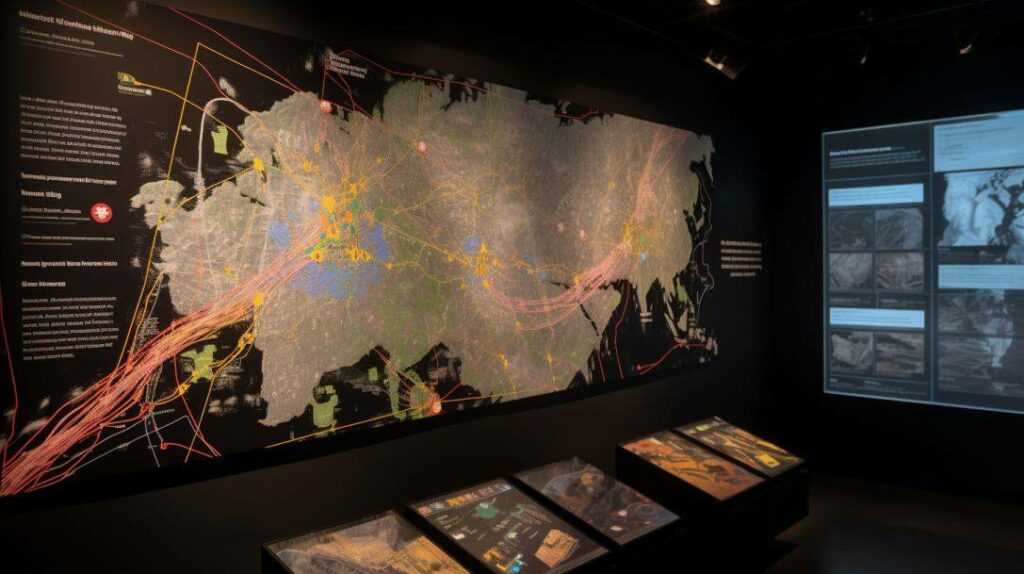
The growing adoption of event-based surveillance has already demonstrated immense value for early detection and rapid response during major public health threats. Notable success stories include:
Detection of Foodborne Outbreaks
Event-based surveillance systems have proven invaluable for identifying the first signs of widespread foodborne illness outbreaks and tracing the source before they spiral out of control.
For example, by connecting clusters of stomach ailment-related 911 calls and ER admissions with location data, public health officials were able to pinpoint the source of a salmonella outbreak to eggs from a farm in Iowa, prompting swift recalls and containment.
Early Warning of Disease Outbreaks
Leveraging expanded data sources and advanced analytics enables earlier detection of infectious disease outbreaks compared to prior methods.
During the 2009 H1N1 pandemic, monitoring of online media and search queries for relevant keywords provided a 2-week early warning compared to official reporting channels. This bought precious time to activate public health measures before widespread transmission.
Monitoring of Natural Disasters
Event-based surveillance also extends to tracking health impacts during natural disasters like storms and wildfires in real-time. Integrating data from 911 calls, hospital intake, air quality monitors and more allows better-informed emergency response.
For example, syndromic surveillance provided critical insight into evolving health needs during Hurricane Harvey flooding, enabling more targeted resource deployment.
These examples demonstrate the far-reaching benefits of event-based surveillance for saving lives by getting ahead of public health crises.
Conclusion

Event-based surveillance represents a seismic shift in the public health landscape. By transitioning from passive to active monitoring of emerging health threats, event-based surveillance delivers game-changing improvements in early detection and rapid response capabilities.
Harnessing real-time streams of traditional and non-traditional data enables public health officials and partners to identify signals of potential outbreaks or health crises significantly faster than legacy practices. They no longer have to wait for diagnoses or case reports. Instead, continuous analysis of pre-determined indicators reveals anomalies that warrant immediate investigation and action.
This paradigm change unlocks invaluable time – time to contain infectious diseases before they spread exponentially, time to direct resources and coordinate countermeasures, and time to communicate risk alerts that save lives. Event-based surveillance creates an enhanced state of vigilance that allows communities to get ahead of public health emergencies instead of constantly reacting.
Further integration of modern technologies like AI and video analytics will continue to strengthen event-based early warning systems. But realizing the full potential of this emerging practice hinges on continued collaboration between public and private entities.
By viewing physical security systems as plugged into the broader surveillance infrastructure and planning integrated response protocols, businesses can help accelerate threat detection and emergency mobilization during crises.
Why Jefferson Security Cameras is Your Best Choice for Surveillance
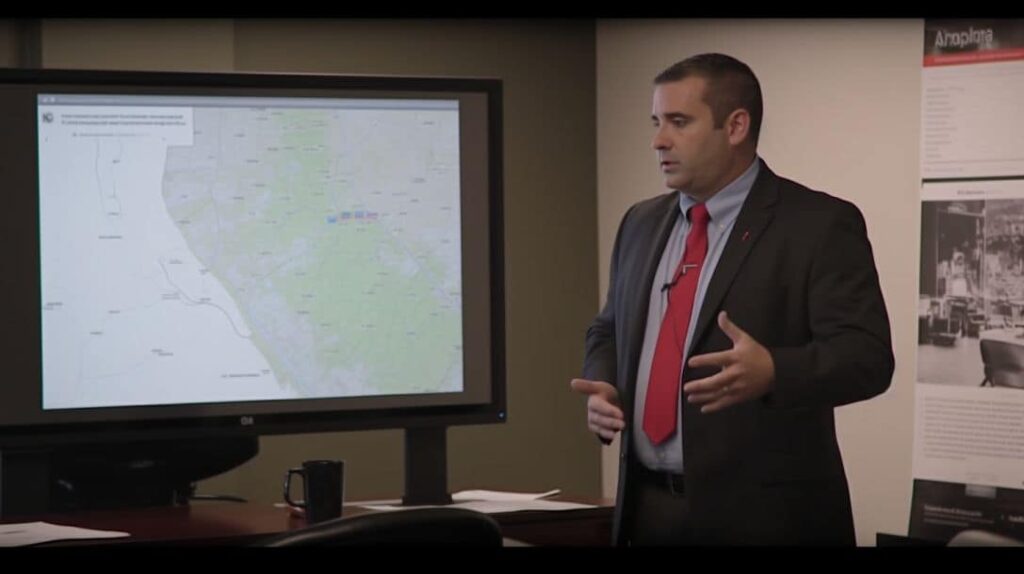
Jefferson Security Cameras offers customized security solutions designed to maximize safety intelligence and situational awareness for clients. Contact us today at (267) 662-1457 to discuss how our advanced surveillance systems and managed services can enhance visibility across your facilities while integrating with broader event monitoring needs. Jefferson’s high-definition IP-based camera networks, backed by our top-tier monitoring center, will provide 24/7 coverage with capabilities aligned to your unique requirements. Get a Quote on empowering smart surveillance.
FAQs
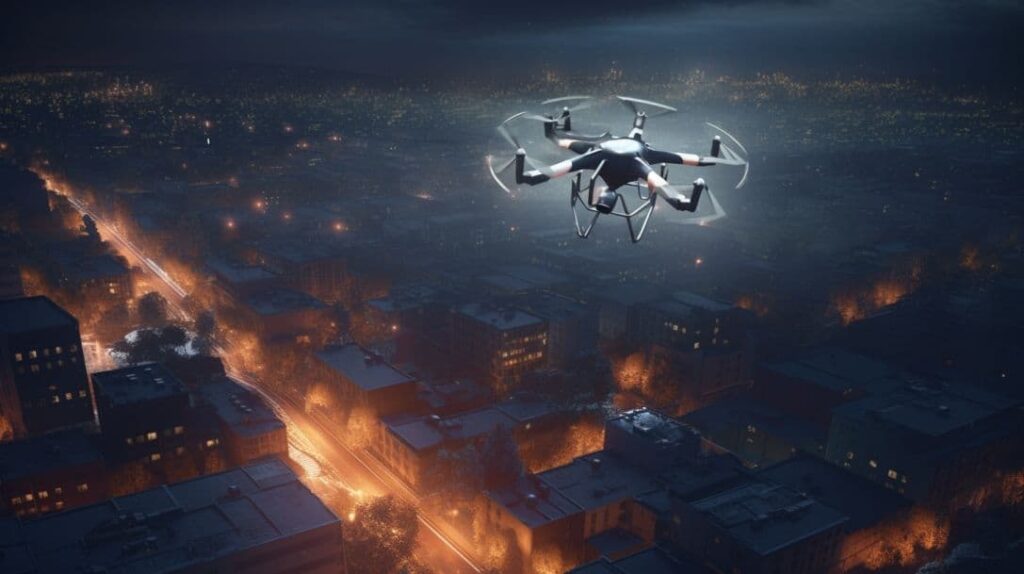
What are some key differences between event-based surveillance and traditional public health surveillance?
Event-based surveillance involves active, real-time monitoring of data streams rather than passive collection of periodic reports. It also utilizes expanded data sources beyond confirmed diagnoses, and emphasizes early anomaly detection vs compiling case counts.
What types of data can feed into event-based surveillance systems?
Both traditional and non-traditional data sources like medical records, school absences, pharmacy sales, 911 calls, social media posts, internet searches, and security camera footage. The key is real-time streams that can indicate emerging health threats.
How does event-based surveillance enable faster outbreak detection?
By continuously analyzing incoming data instead of waiting for formal diagnoses or notices, event-based surveillance can detect statistical anomalies, clusters, and spikes that give days or weeks of early warning before traditional reporting.
What are some challenges of implementing event-based surveillance?
Key challenges include managing massive data streams, standardizing varied data sources, developing advanced analytics, and addressing privacy concerns through rigorous safeguards.
How can businesses contribute data to support event-based surveillance?
Businesses can integrate security camera networks to provide authorized external viewing during public health emergencies. Shared visibility facilitates faster threat detection and response.
